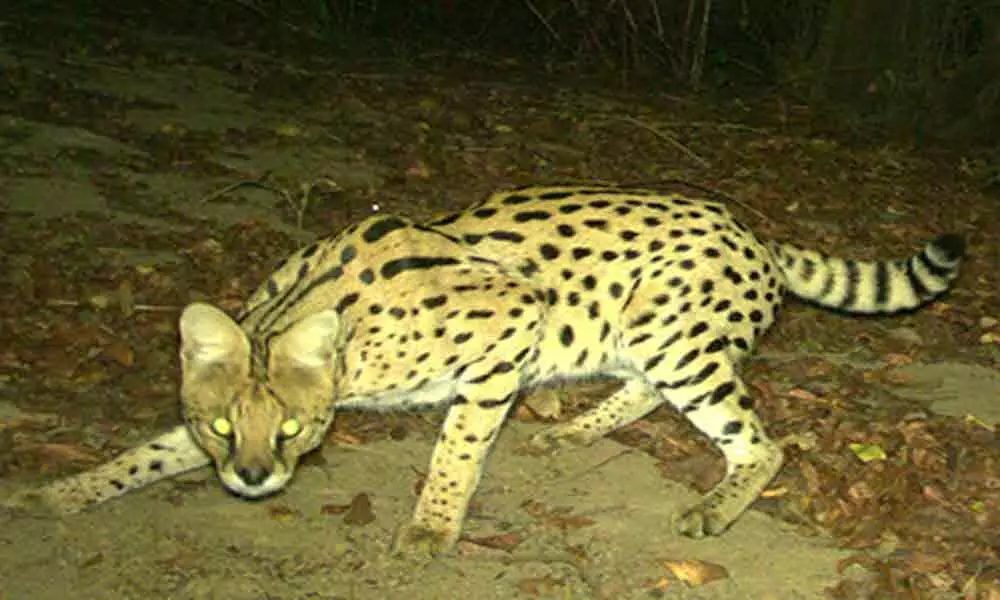Live
- Trinamool files complaint with EC against Bengal Governor
- No major casualties reported after 6.6-magnitude quake hits Japan
- BJP’s Aruna, Rajender file nomination papers in Telangana
- Fijian Deputy PM expresses concern over skilled labour shortage
- Ludhiana court awards death penalty to woman for burying alive toddler
- Uniqus Consultech raises funds from Nexus Ventures, other investors
- As BJP hopes to retain Vadodara, Congress determined to give a fight
- PM Modi took decisive steps to bring peace in Northeast: BJP chief Nadda
- Excise policy case: Delhi court extends Manish Sisodia's judicial custody till April 26
- Another case booked against KCR's nephew









